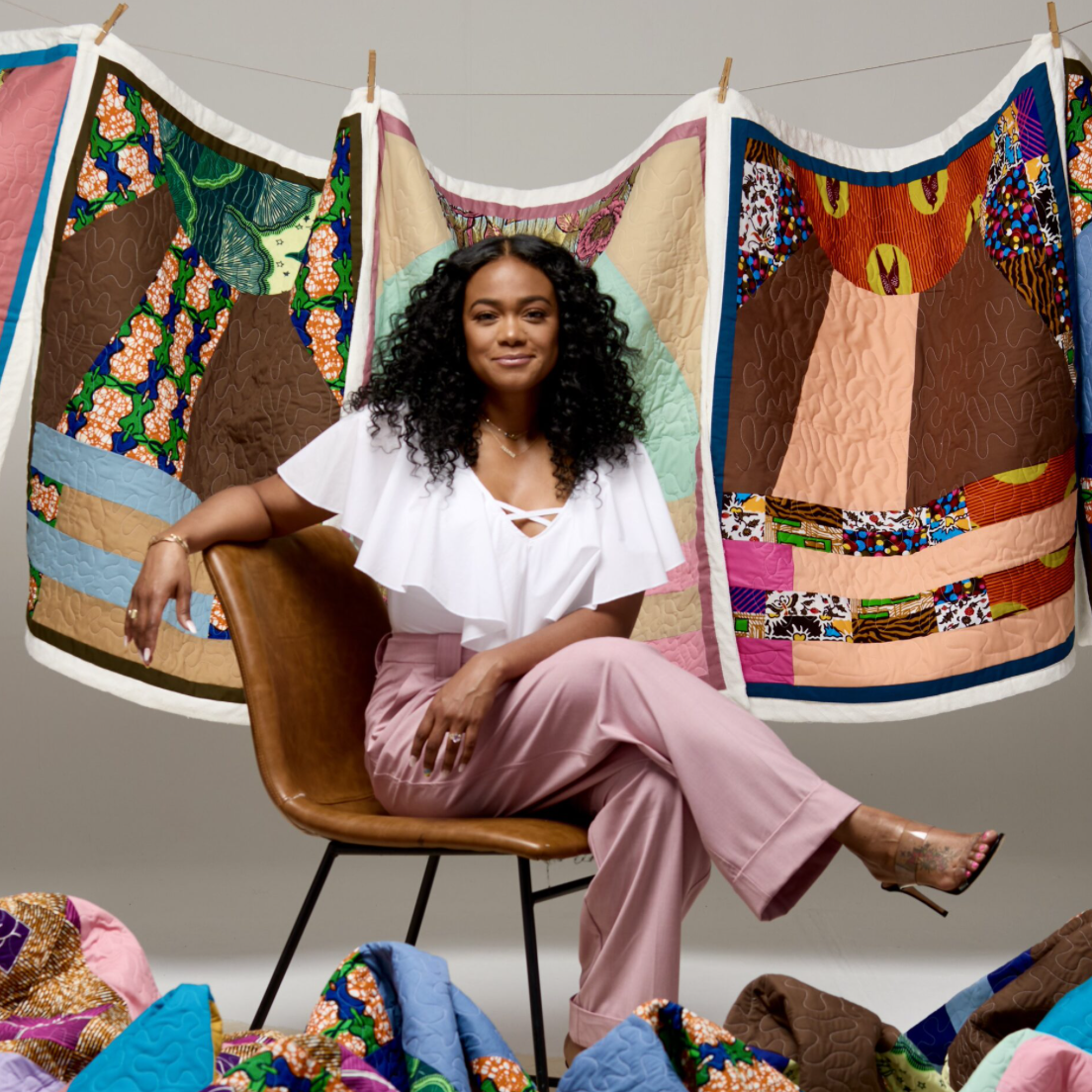When we hear the words “risky business,” pregnancy and childbirth should be the last things to come to mind. Unfortunately, bringing a child earth-side continues to be risky business for Black birthing people in the United States. The statistics paint a grim picture:
- Black birthing people are 3 to 4 times more likely to die during pregnancy and childbirth than white birthing people.
- Preeclampsia, a pregnancy condition characterized by high blood pressure that can sometimes result in death, is 60% more common in Black birthing people than white birthing people, according to the Healthcare Cost Utilization Project (HCUP).
- Biological “weathering,” a term coined by Dr. Arline Geronimus, refers to the chronic stress (i.e. racism) that breaks down and ages the body. This phenomenon is inextricably tied to both maternal mortality and poor infant outcomes, such as preterm birth, low birth weight, and infant death, and affects Black mothers at higher rates than white mothers.
To put it simply, Black birthing people are dying, and as Dr. Joia Crear Perry points out “racism, not race, puts Black women at risk.” The uprisings and protests that erupted during the summer of 2020 sounded the alarm and lifted the veil that had been covering the eyes of America for far too long. The Black maternal health crisis, among other health risks faced by the Black community, is a direct result of racism being an untreated public health issue.
Looking back, however, we’re reminded that in spite of the institution of slavery, Reconstruction, and Jim Crow, Black midwives were instrumental in the support, care, and preservation of maternal and infant health between the 1600s and mid-1900s. During those years, nearly half of all babies born in this country were “born into the hands of a midwife,” according to a 2003 journal issue published by the American College of Nurse-Midwives. Though informally trained, most possessing what is called “mother wit,” Black midwives were a vital part of maternal care, particularly in the rural South where access to care and resources for birthing people were minimal. Nevertheless, despite evidence showing that those under the care of midwives experienced better birth outcomes, racist beliefs and practices began to chip away at the cultural midwifery practices within communities of color. By the 1920s, traditional midwifery was being replaced by the arrival of obstetrics, which was seen as more professional and contemporary. A reformation campaign was launched by professionals in medicine, nursing, and public health in an effort to end traditional midwifery, often accusing practitioners of being barbaric, ignorant, unsanitary, and a danger to others. At the heels of this campaign came the Sheppard-Towner Maternity & Infancy Act of 1921, signed into law by President Warren G. Harding, which brought on the steady decrease of Black midwives in the United States from the 1920s and on. The goal of this act was to combat maternal and infant mortality rates by eliminating traditional midwifery practices and developing medical programs. State health departments were provided matching funds for midwife training programs with stringent guidelines and certification requirements. Self-taught and apprenticed midwives were advised to apply for permits and classes, in order to learn practices that were more safe, sanitary, and acceptable. Consequently, the medicalization of birth caused a divide among providers. Physicians provided care for pregnant people who could afford it, and many Black midwives who could not afford to apply for the permits and classes cared for people in poor, rural areas. According to the Journal of Midwifery and Women’s Health, physicians made up the vast majority of primary care providers by the 1940s, and home births were essentially replaced by hospital births.
One hundred years later, we are still seeing the effects of the Sheppard-Towner Act playing a role in the erasure of Black midwives, and the continuity of institutional racism. Currently, Black midwives make up less than 2% of the profession in the US, despite the extensive and documented history of traditional midwifery in the Black community. Given this, the fact that Black birthing people and infants suffer the worst birth outcomes is not surprising. The National Association to Advance Black Birth (NAABB) recognizes that representation matters and reminds us that Black birthing people have the RIGHT to see themselves in their maternity care provider. The Black Birthing Bill of Rights, developed by NAABB, serves as a resource for Black birthing individuals and guidance for hospitals, health providers, government health agencies, and other entities to change and/or improve their ethics, policies, and delivery approaches in order to provide maternity care that is equitable, culturally congruent, and anti-racist.
Traditional midwifery in America is Black history, and we remember and say the names of Onnie Lee Logan, Gladys Milton, Mary Coley, Margaret Charles Smith, and other Black grand midwives who stood in the gap for Black birthing people, children, and families, and provided physical, emotional, and spiritual care that nourished entire communities.
Teneele M. Bailey is Secretary for the National Association to Advance Black Birth (NAABB), and serves as a Maternal Health Coordinator, birth doula, and certified breastfeeding specialist in the DMV area. She endeavors to use education, storytelling for change, and empowerment to amplify the voices and experiences of Black birthing people. You can follow her on Instagram (@teneele_michelle).
The National Association to Advance Black Birth (NAABB) is a non-profit, 501(c)3 birth justice organization that believes all Black women and birthing persons deserve respectful, equitable, and high quality care, in order to achieve their full birthing potential and thrive during the childbearing years. To learn more about NAABB and The Black Birthing Bill of Rights, visit their website, and follow them on Facebook (@TheNAABB), Instagram (@the_naabb), and Twitter (@thenaabb).







































